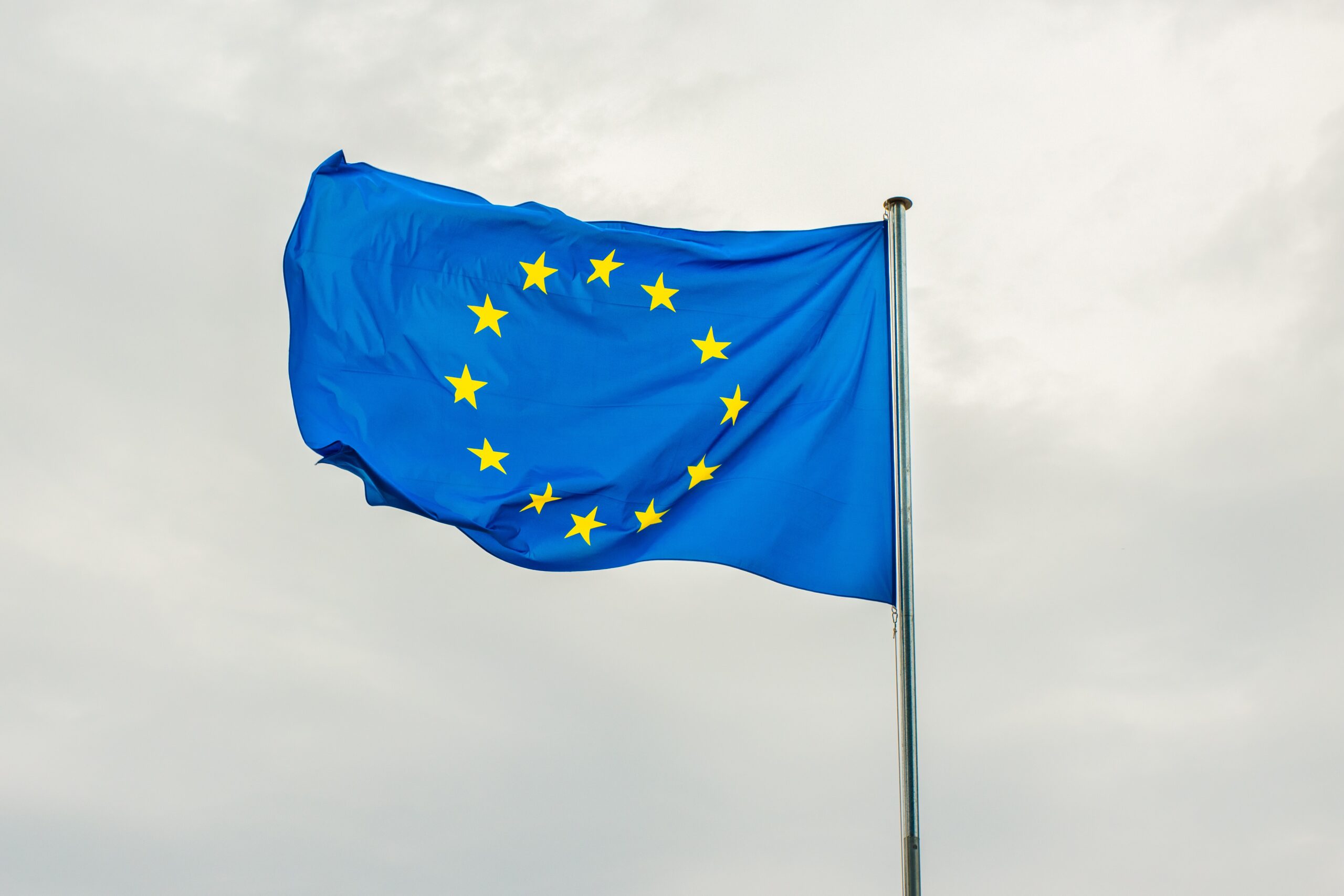
In our digitally connected world, websites have become the primary means of communication and interaction. Yet, this convenience should not be at the expense of inclusivity. Recognizing the importance of equal access for all individuals, including those with disabilities, the European Union (EU) has taken significant strides to make website accessibility a fundamental right and a legal requirement across its member states.
Web Accessibility Directive: Paving the Path to Inclusivity
The cornerstone of website accessibility as a legal obligation in the European Union is the Web Accessibility Directive. Adopted in 2016, this directive aims to ensure that public sector websites and mobile applications are accessible to individuals with disabilities. The directive emphasizes that all EU member states must align their digital platforms with the Web Content Accessibility Guidelines (WCAG) 2.1, Level AA.
The directive covers a wide range of digital services offered by public sector bodies, including government websites, educational institutions, healthcare providers, and libraries. By ensuring that these websites are accessible, the EU aims to eliminate the digital barriers that prevent individuals with disabilities from accessing information, services, and opportunities.
Web Content Accessibility Guidelines (WCAG): A Universal Standard
The Web Content Accessibility Guidelines, developed by the Web Accessibility Initiative of the World Wide Web Consortium (W3C), form the basis for web accessibility standards not only in the EU but also worldwide. WCAG provides a set of clear and comprehensive guidelines that web developers, designers, and content creators can follow to ensure their digital content is accessible to individuals with disabilities.
WCAG 2.1, the latest version, outlines principles and success criteria that encompass various aspects of accessibility, including perceivability, operability, understandability, and robustness. These guidelines cover a wide range of considerations, from providing alternative text for images to ensuring keyboard navigability and compatibility with assistive technologies.
Consequences of Non-Compliance
EU member states are legally bound to ensure that public sector websites and applications comply with the Web Accessibility Directive. Failure to do so can result in legal consequences. Individuals who encounter accessibility barriers on public sector websites can file complaints with relevant national authorities. These complaints may trigger investigations, and if non-compliance is confirmed, authorities can mandate corrective actions and monitor progress.
Beyond legal repercussions, organizations that prioritize accessibility demonstrate a commitment to inclusivity, thereby enhancing their reputation and brand image. Inaction in this area not only carries legal risks but also poses a significant missed opportunity for positive engagement with diverse audiences.
Advantages of Website Accessibility
Compliance with website accessibility regulations in the European Union goes beyond meeting legal requirements. Organizations can reap several benefits: An accessible website caters to a broader demographic, including individuals with disabilities, elderly users, and those with varying technological skills.
- Wider Audience Reach: An accessible website caters to a broader demographic, including individuals with disabilities, elderly users, and those with varying technological skills.
- Enhanced User Experience: Accessible websites offer a seamless experience for all users, fostering engagement and satisfaction.
- Positive Brand Perception: Demonstrating a commitment to inclusivity enhances an organization’s image, fostering goodwill and positive associations.
- Improved SEO: Many accessibility practices also align with search engine optimization best practices, boosting visibility in search results.
- Mitigated Legal Risks: Proactively addressing accessibility can prevent legal disputes and financial liabilities.
Steps Toward Compliance
Ensuring website accessibility requires collective efforts across organizations:
- Awareness and Training: Raise awareness among stakeholders about the importance of accessibility and provide training on WCAG guidelines.
- Inclusive Design: Incorporate accessibility considerations from the early stages of website development, promoting inclusive design principles.
- Regular Audits and Testing: Conduct regular accessibility audits and testing to identify and rectify barriers. Utilize automated tools such as AllAccessible and manual checks.
- Alternative Text and Captions: Provide descriptive alternative text for images and captions for multimedia content to ensure accessibility.
- Keyboard Navigation: Design websites for keyboard navigability, catering to users who rely on keyboard input.
In the European Union, website accessibility is not just a legal requirement—it’s a step toward building a more inclusive and equitable digital society. The Web Accessibility Directive and alignment with WCAG guidelines underline the EU’s commitment to bridging digital divides. By ensuring accessibility, organizations not only comply with the law but also foster positive user experiences, extend their reach, and contribute to an inclusive online landscape. Embracing website accessibility is not only a legal obligation but also a testament to the EU’s dedication to equal access for all.


